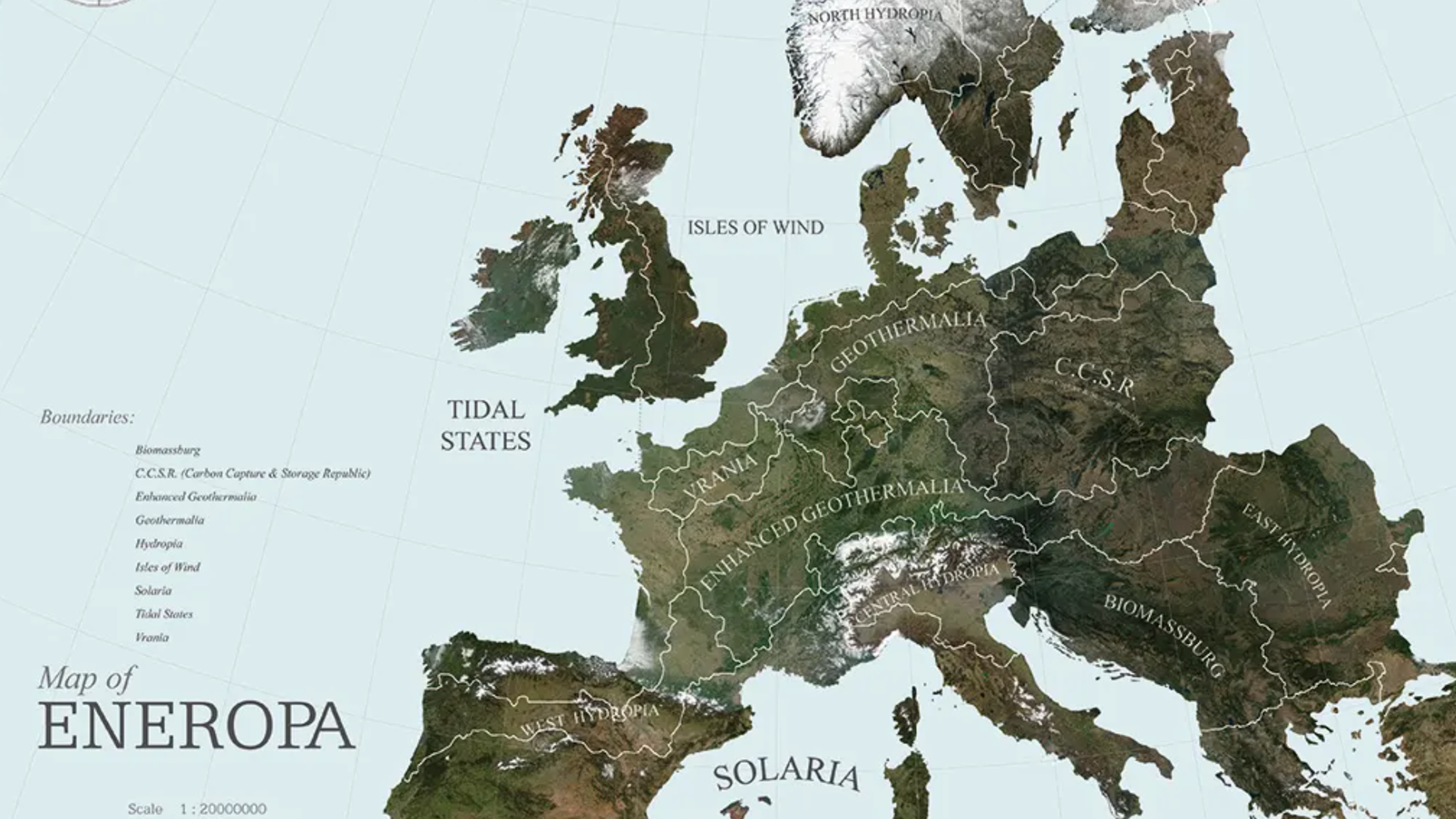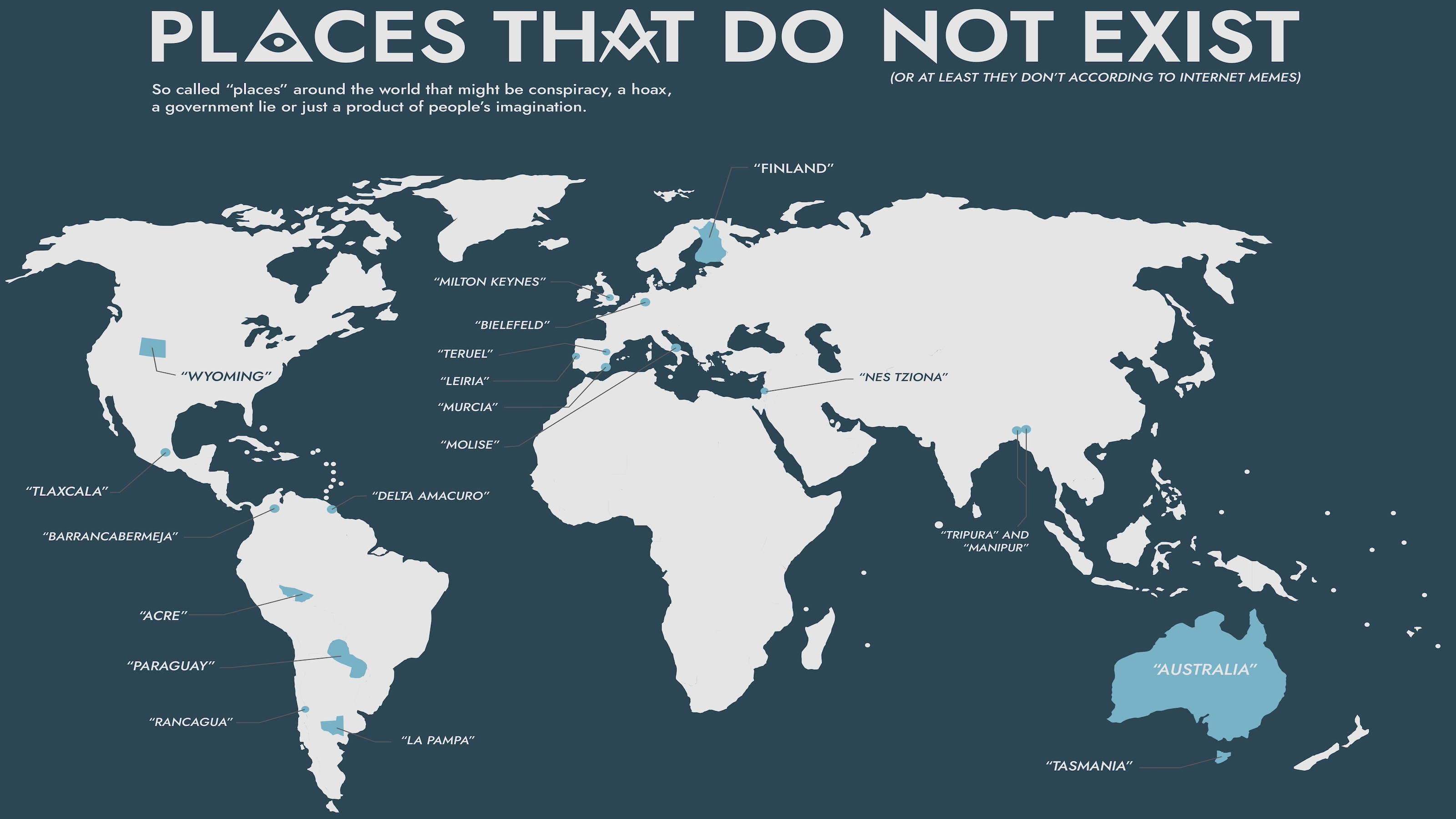410 – Manifest Density: Three Dutch Megacities

n
At 404 inhabitants per square kilometre (1,040/mi2), the Netherlands is one of the most densely populated nations in the world (1). The country’s population density, over 23 times the global average, is a factor in the national discussion on immigration, arming proponents of stricter rules with the slogan “Nederland is vol” (“The Netherlands is full”). While that sounds conversation-stoppingly irrefutable, the premise of that particular political slogan is easily proved wrong – with these maps.
n
The maps are the work of world-renowned Dutch architect and urbanist Rem Koolhaas, whose influential publications on urban design include S,M,L,XL. That 1,376-page, 2.7-kg (6-pound) behemoth of a book is a rumination on “Manhattanism” – i.e. the tendency of city centre densities to be taken to new heights, sometimes literally, in the form of an urban grid filled with skyscrapers. These three maps demonstrate the scope of super-concentrated urbanity by applying two distinct types of density to a population-versus-surface configuration reputed to be “full”.
n
The top map shows how full the Netherlands would be if its 15 million-strong (2) population would be concentrated in the density of Los Angeles (3). The Dutch would occupy no more than 6,000 km2 (2,317 mi2) barely filling out one-seventh of its total area (41,526 km2; 16,033 mi2). Repeating that experiment with the population density of Manhattan (4) substituted for LA’s, the second map shows how all of the Netherlands’ inhabitants would live cheek-by-jowl in an area no larger than 600 km2 (232 mi2), which would occupy no more than 1.44% of the total territory of the Netherlands – concentrated in the south of the country’s Limburg panhandle. The third map unwraps that same area to a strip along the 345 km-long (214 mile) Belgian-Dutch border, which would be no wider than 1.75 km (1.08 mile).
n
Koolhaas labelled these three thought experiments in urban design “Puntstad” (Point City), “Zuidstad” (South City) and “Grensstad” (Border City) respectively. It would be interesting to see which real-life effects such a whimsical realignment of the Netherlands would have on Dutch society. The LA version of the Netherlands doesn’t seem too bad – a bit congested, but at least there’s still easy access to the uninhabited north, providing great hunting, fishing and trekking opportunities for the completely urbanised Dutch. The mega-Manhattan in Holland’s southern extremity, however, conjures up some of the horrors that occur when too many test rats are packed together in too little space. And wouldn’t Border City be the most improbable, unworkable, unliveable city in the world, suffering from a cross between the challenges posed by Chile’s elongation and the Gaza Strip’s overcrowding?
n
Many thanks to Joeri Cornille for sending in this map.
n
(1) the 27th out of 238 according to Wikipedia, although if all dependent territories (Macau, Hong Kong, Gibraltar, Bermuda, Guernsey, Jersey, the Palestinian Territories, Saint-Martin, Aruba, Mayotte, Puerto Rico) are disregarded, it climbs to 16. Subtracting densely populated miniature states such as Monaco, Singapore, the Vatican, Bahrain, Malta, the Maldives, Barbados, Mauritius, Nauru, San Marino and Tuvalu edges it up to 5th place, preceded only by (in descending order) Bangladesh, Taiwan, South Korea and the Lebanon.
n(2) these maps use outdated data (I nominate the term “outa-data” for this type of thing). The 2009 estimate is 16.5 million.
n(3) according to this map: 2,500/km2 (6,474/mi2), although according to Wikipedia it’s 3,168/km2 (8,205/mi2).
n(4) according to this map: 25,000/km2 (64,740/mi2), Wikipedia says 27,490.9/km2 (71,201/mi2).
n





